News feed
The ESA’s Planetary Defence Mission Takes Off with BME’s Support
2024. 10. 07.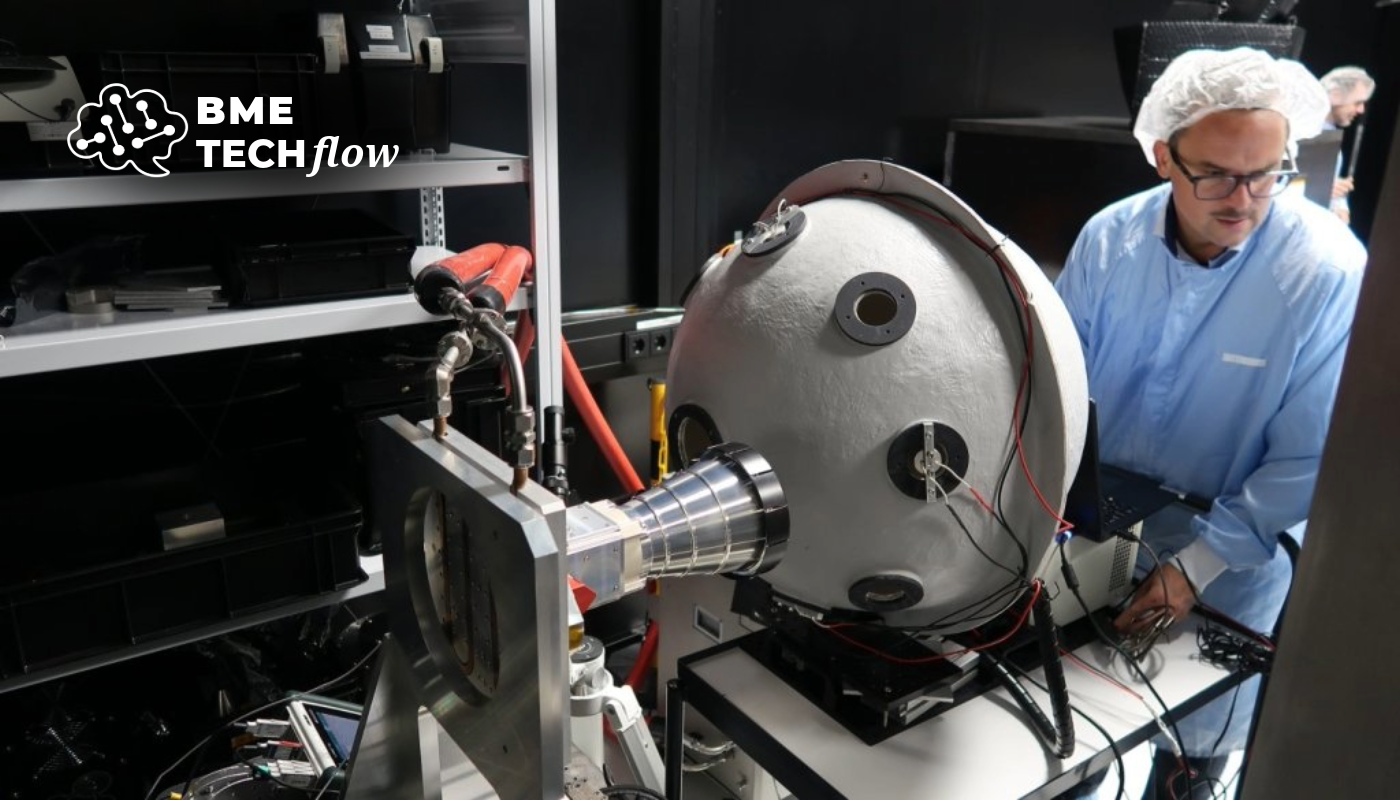
Experts from BME worked to ensure the asteroid research spacecraft transmits the best possible images.
As part of the European Space Agency's (ESA) planetary defence (space safety) programme, the HERA satellite was launched into space on 7th October. Its mission is to study the Didymos binary asteroid system – including its internal properties for the first time – and to conduct detailed measurements of the kinetic impactor test results from NASA's DART mission. The “eyes” of the probe, consisting of six optical cameras, were calibrated by BME researchers, who will also calibrate the images sent back from the spacecraft to provide scientists with accurate data for their analyses.

photo: ESA
There is limited information regarding the composition and material density of asteroids, making attempts to alter an asteroid's course through rocket impact or detonation highly uncertain. For instance, when NASA directed its DART probe into an asteroid’s 160-metre-diameter moon in 2022, the collision generated a dust cloud and trajectory alteration much larger than initial calculations had predicted.
HERA is expected to provide valuable information for future asteroid-deflection missions and contribute to scientific knowledge by aiding in the understanding of asteroid geophysics, as well as the formation and evolutionary processes of the Solar System. In addition to the primary probe, two mini-satellites are on board, which will be deployed and enter orbit upon reaching the asteroid. Altogether, three satellites will capture images, conduct measurements, and carry out observations.
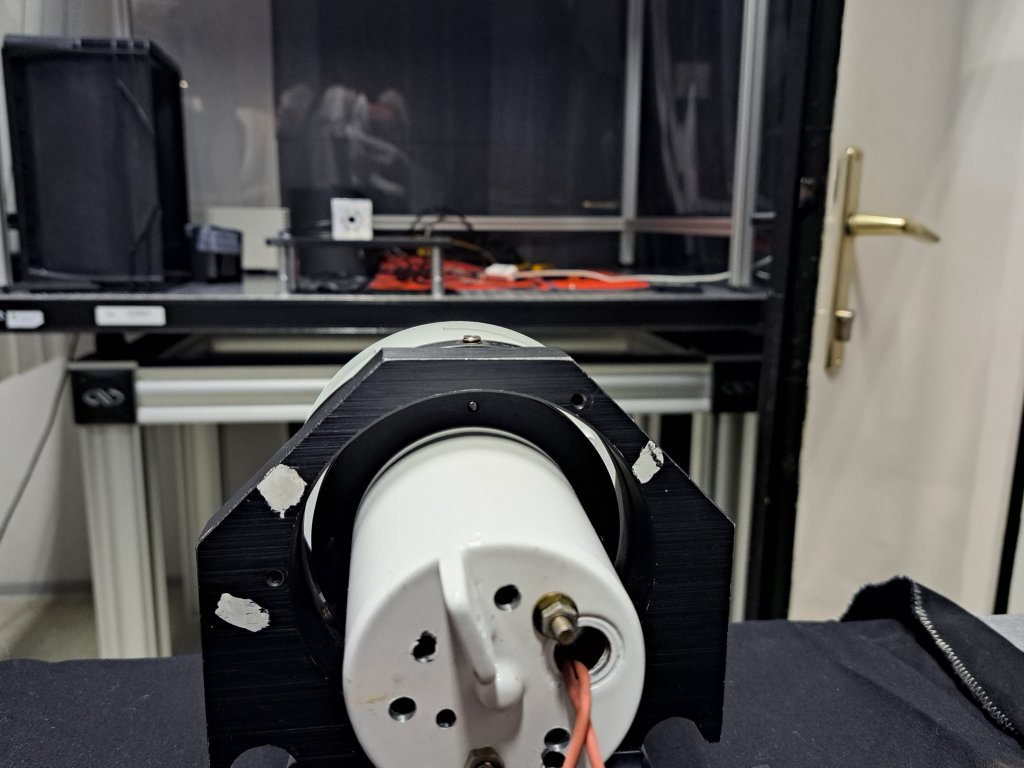
ESA required the assistance of an independent laboratory to examine cameras of German, French, Italian, Finnish, and Dutch manufacture. The calibration of these six optical cameras, produced by different companies, was carried out by the staff of the Department of Mechatronics, Optics and Mechanical Engineering Informatics (MOGI) of BME's Faculty of Mechanical Engineering, with the support and contribution of the Hungarian delegation to the ESA.
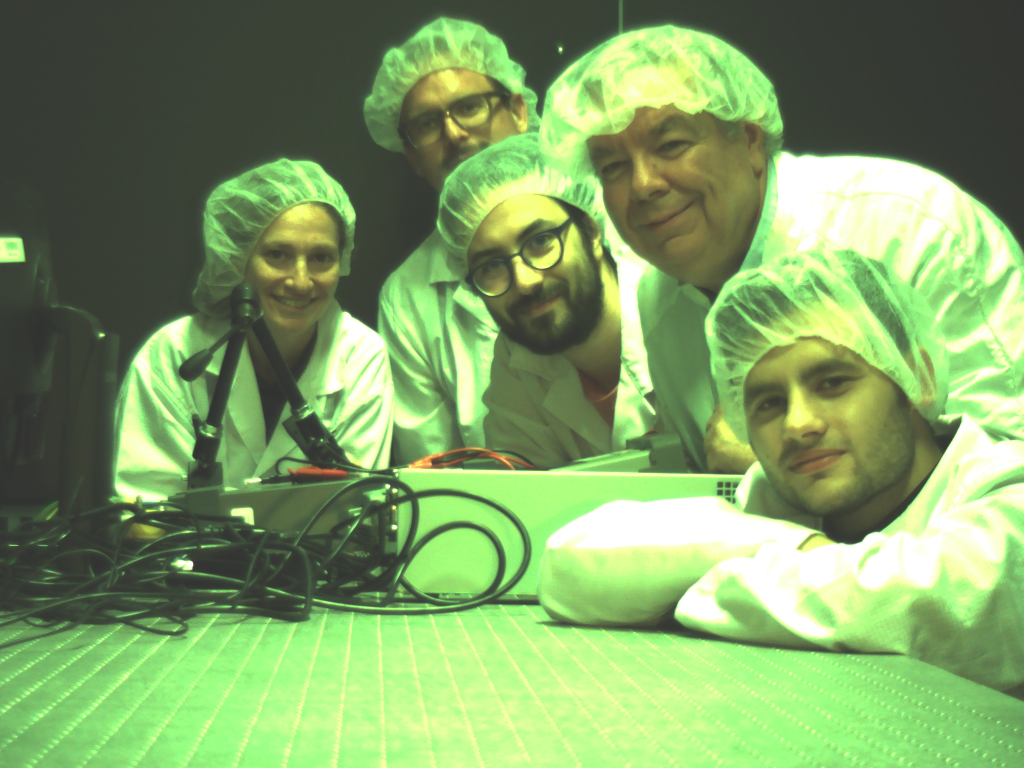
Photo taken by te probe's camera
The researchers at MOGI are no strangers to space missions. Professor György Ábrahám tested the cameras of NASA's Vega space programme in the 1980s. Research fellow Gábor Kovács and associate professor Balázs Vince Nagy participated in NASA’s successful Dawn mission from 2006. In the HERA project, the calibration tasks were performed by Gábor Kovács and Balázs Vince Nagy from both scientific and engineering perspectives, while the department’s assistant professor, Bertalan Pizág, was involved in the calibration of ground units. Some tasks also included the involvement of students. The camera inspections were carried out twice in BME's laboratory using custom-developed instruments, but the university's researchers also worked at foreign locations, including ESTEC in the Netherlands and sites in Germany.
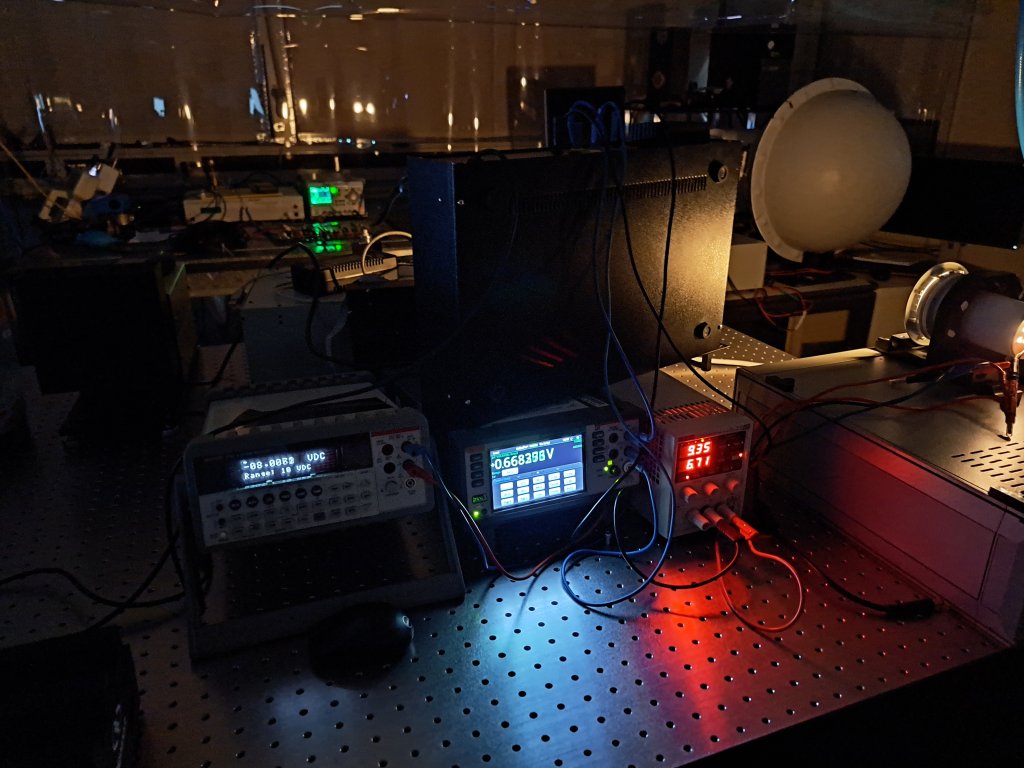
“We examined the cameras performing various tasks on several criteria, such as uniform imaging, sensitivity according to wavelength, absolute sensitivity of sensors, and characteristics of optical distortion.
These tests were essential to ensure that scientists see reality, not an image distorted by the peculiarities of the sensors and optical systems.
Understanding sensitivity parameters was necessary to determine appropriate exposure times and to enable the camera to track changes in lighting conditions. Mapping the characteristics of optical distortion is crucial for identifying the actual positions of geometric points. This was one part of our task – the other was to correct the raw images received from space using calibration algorithms, so the research teams analysing the images could work with real data. We are also responsible for storing the raw and corrected images; the necessary servers are already operational. We are awaiting the first test images of the Earth, Moon, and constellations,” explained Balázs Vince Nagy, the BME coordinator of the project, in response to questions from bme.hu.
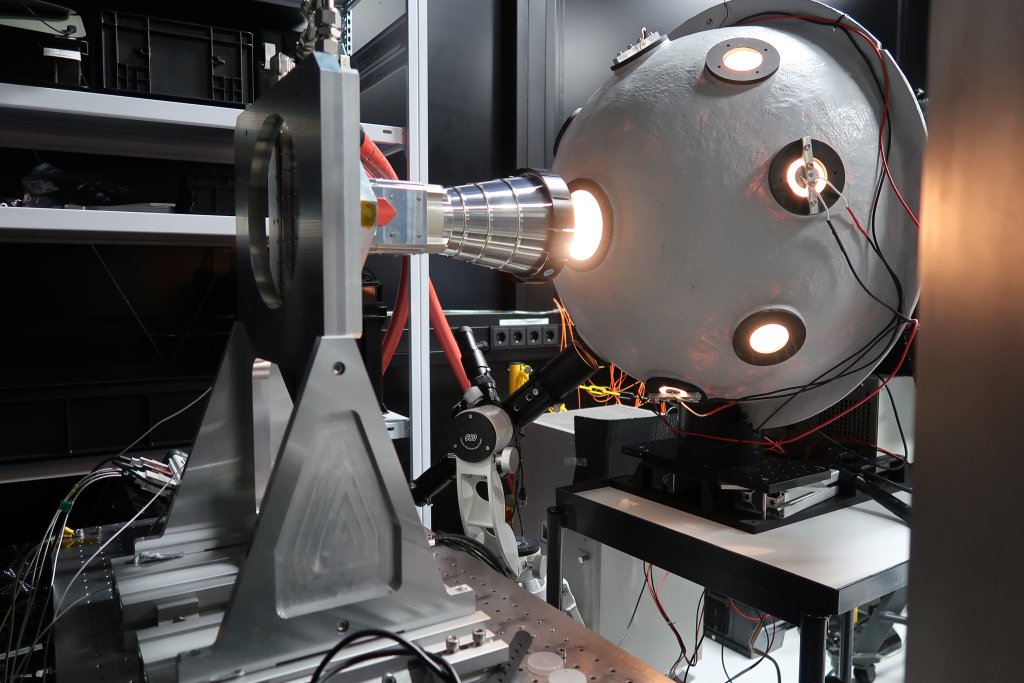
HERA is expected to reach the Didymos asteroid and its moon, Dimorphos, in 2027. During its journey, the spacecraft will pass by Mars, where it will perform a gravity assist manoeuvre. ESA’s leaders have not yet defined the mission’s exact plan, but it is certain that one of the mini-satellites is expected to land on the surface of Dimorphos.
The HERA mission could be a significant step forward in asteroid research. Meanwhile, the preparation phase of ESA's next research mission is already underway, aiming to study the asteroid Apophis, which will pass within just a tenth of the distance between the Earth and Moon in 2029.
KJ
